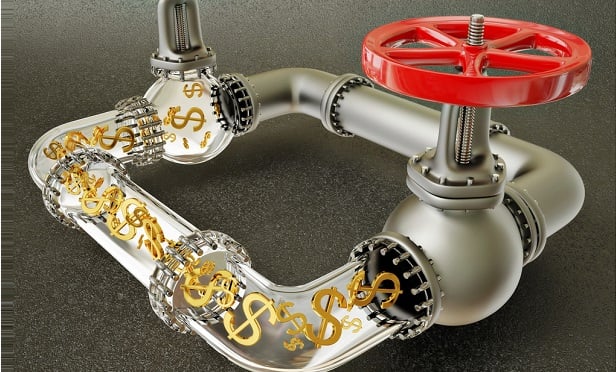 As numerous carriers struggled with high health care costs caused by insuring older and sicker individuals under the ACA, some states experimented with their own reinsurance programs. (Photo: Shutterstock)
As numerous carriers struggled with high health care costs caused by insuring older and sicker individuals under the ACA, some states experimented with their own reinsurance programs. (Photo: Shutterstock)
An old insurance industry practice has reduced Affordable Care Act (ACA) individual market premiums by an average of nearly 20 percent in seven states, a new analysis has found.
Reinsurance, a practice where insurance carriers reduce risk by purchasing policies from other insurers to limit their losses, has been used by a number of states to to bolster their ACA markets by creating state reinsurance programs to help insurance companies that have struggled with fluctuations in health care costs. Avalere, a health care consulting company, looked at the data to determine how effective they've been.
|Reinsurance and the ACA
Although the concept doesn't grab a lot of headlines, reinsurance has been promoted by many experts as a way to control costs and keep private insurers from exiting the ACA marketplace. The ACA came with a temporary reinsurance program for its first few years—and despite some serious glitches in the funding of that early effort, many agreed that the reinsurance concept was an overall positive for the financial health of the marketplace.
Recommended For You
Complete your profile to continue reading and get FREE access to BenefitsPRO, part of your ALM digital membership.
Your access to unlimited BenefitsPRO content isn’t changing.
Once you are an ALM digital member, you’ll receive:
- Breaking benefits news and analysis, on-site and via our newsletters and custom alerts
- Educational webcasts, white papers, and ebooks from industry thought leaders
- Critical converage of the property casualty insurance and financial advisory markets on our other ALM sites, PropertyCasualty360 and ThinkAdvisor
Already have an account? Sign In Now
© 2025 ALM Global, LLC, All Rights Reserved. Request academic re-use from www.copyright.com. All other uses, submit a request to [email protected]. For more information visit Asset & Logo Licensing.








